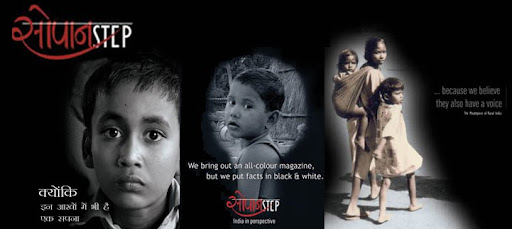K R Sudhaman
India's
growth rate may be faster than China, but it is a fallacy to say we are growing
faster
Common sense
is nonsense in Statistics as the saying goes. An oft repeated example in this
regard is that a group of people including a statistician wanted to cross a
river. When the group was vaciliting whether to cross the river or not for fear
of getting drowned, the statistician came out with a bright idea. He calculated
the average height of the group, which was 5.4 feet and the average depth of
the ritver, which was 4.5 feet. He said the river can be easily crossed as the
average height of the group was higher than average depth of the river. At one
point the river's depth was over 8 feet and all got drowned including the
statistician.
The
interpretation of GDP growth figures is no different. China, that has adopted
export-led growth since 1979 has recorded double-digit GDP growth for three
decades. Lately it has slowed down due to difficult global situation at 6.8 per
cent this year. India, which had been growing at hindu rate of 3-5 per cent for
decades got some push after opening up of the economy in 1991 and the best it
achieved was between 2004-08, averaging over 9 per cent. Since then India has
slowdown due to domestic and global reasons. This year there is some revival
clocking 7.3 per cent in 2014-15. This year it is projected to grow anywhere between
7.5-8 per cent.
India's
growth rate looked higher than China this partly due to a new method of
calculation adopted this year. This has pushed up India's growth rate higher by
2.2 per cent. The GDP growth, which was earlier calculated based on factor
cost, now has been changed to constant prices to take into account gross value
addition in goods and services as well as indirect taxes. Also, the base year
has been shifted from 2004-05 to 2011-12. One need not quarrel over this as the
growth calculation has now been aligned to global norms.
But more
importantly what has not been told is that, India's gross domestic product in
absolute terms is just about $2 trillion against China's GDP of a little over
$10 trillion.
So even if
India grew by 10 per cent, the country would be growing only by $20 billion in
a year in absolute terms. Whereas China at even 6.5 per cent GDP growth, would
be growing by around $70 billion in absolute terms. A marginally higher growth
means nothing but a statistical jugglery. India has a lot of catching up to do
with China and that is the real growth story.
The absolute
numbers are important for calculating per capita income which was around $1500
in India in 2013 as against China's $6800 in 2013. China's per capita is more than
four times that of India's.
There are
other indicators as well. Consumption is perhaps the largest component in GDP.
This indicator clearly show all is not well with the Indian economy. There is
rural distress and this is one of the reasons that consumption demand is not
picking up for the economy to growth as evident from the sale of two-wheelers,
tractors, small commercial vehicles,cars and fast moving consumer goods
incuding white goods. This is the reason Reserve Bank of India has flagged the
issue in its monetary policy on June 2.
In fact, China is the only country in the world,
which has grown rapidly in double digits on a sustained basis for decades. No
other country including so called miracle countries like Japan, South Korea and
Singapore have grown as rapidly as China on a sustained basis. Even if India
grows 10 per cent and China at 6 per cent, it will take 4-5 decades to catch up
with Chinese economty, which is not going to be easy considering the kind of
democratic polity India has.
(K R
Sudhaman, who has over 40 years experience in journalism, has been editor in
Press Trust of India, TickerNews & Financial Chronicle)




